Trump’s policies and the PGM markets Part 2: A number of potential headwinds for platinum demand and pricing
3 February 2025
Trump’s economic policies are, in aggregate, expected to be negative for near-term platinum demand and prices. Protectionist activities and tariffs in particular are viewed as inflationary, which is likely to lead to a slowdown in the FED’s rate cutting trajectory and support a stronger US dollar. We note that our Platinum Price Attribution Model (PPAM, link), highlights the inverse relationship of platinum prices with the US 10-year yield and US$:ZAR exchange rate respectively. Inflation will also pressure consumers’ pockets, which could negatively impact platinum demand from the automotive and jewellery sectors, where demand is positively correlated to the platinum price (per our PPAM).
President Trump has implemented a 25% tariff on imports from Mexico and Canada, with an incremental 10% added to existing China tariffs. A universal global tariff has yet to materialise, which does mean that the feed-through market impact is likely to be more nuanced, at least to begin with. That said, the US is a net PGM importer, at around ~560 koz of platinum p.a. (7% of global demand) and ~400 koz p.a. of palladium (4% of global demand). With metals included within the tariffs, and given limited scope to increase US domestic output, this could result in a shortage of metal in the US and a jump in lease and EFP rates. Recycling constitutes ~80% of US domestic supply and the Stillwater mine would require substantially higher prices to reverse the ~40% capacity rightsizing undertaken in 2024. The Lac de Iles mine in Canada risks losing the US as an export destination given, for the time being, SA PGMs aren’t facing tariffs.
Figure 1. US inflation and interest rates could remain elevated
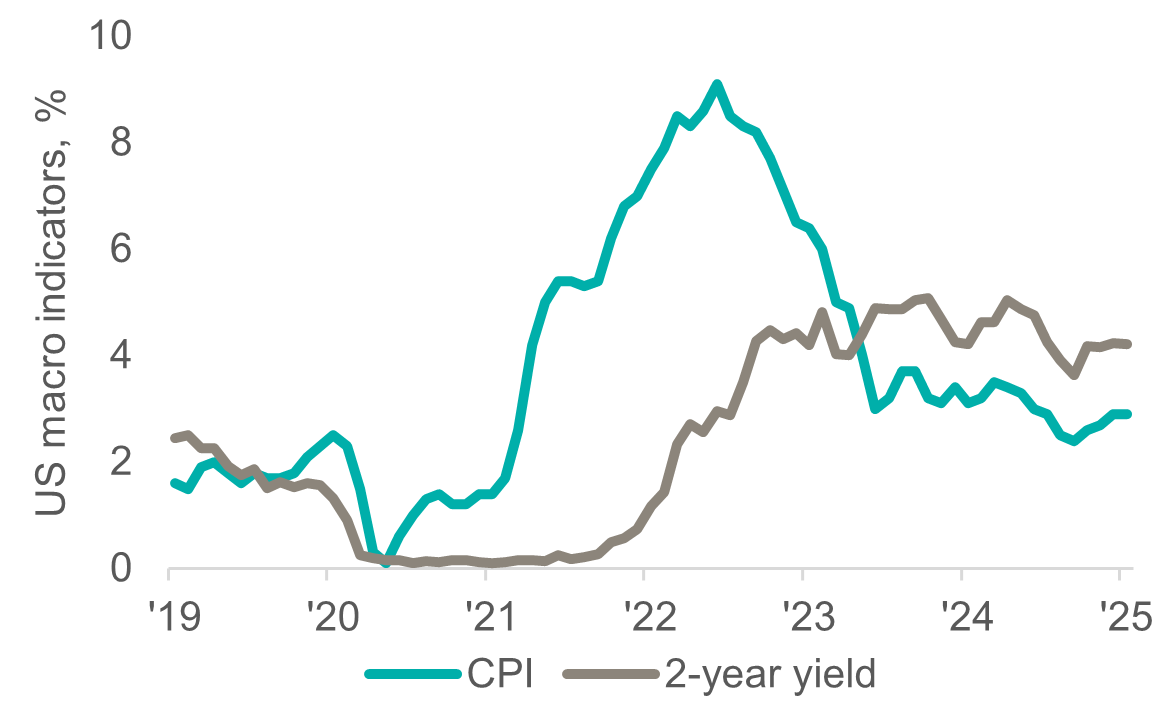
Figure 2. The US is a net importer of >500 koz platinum p.a.
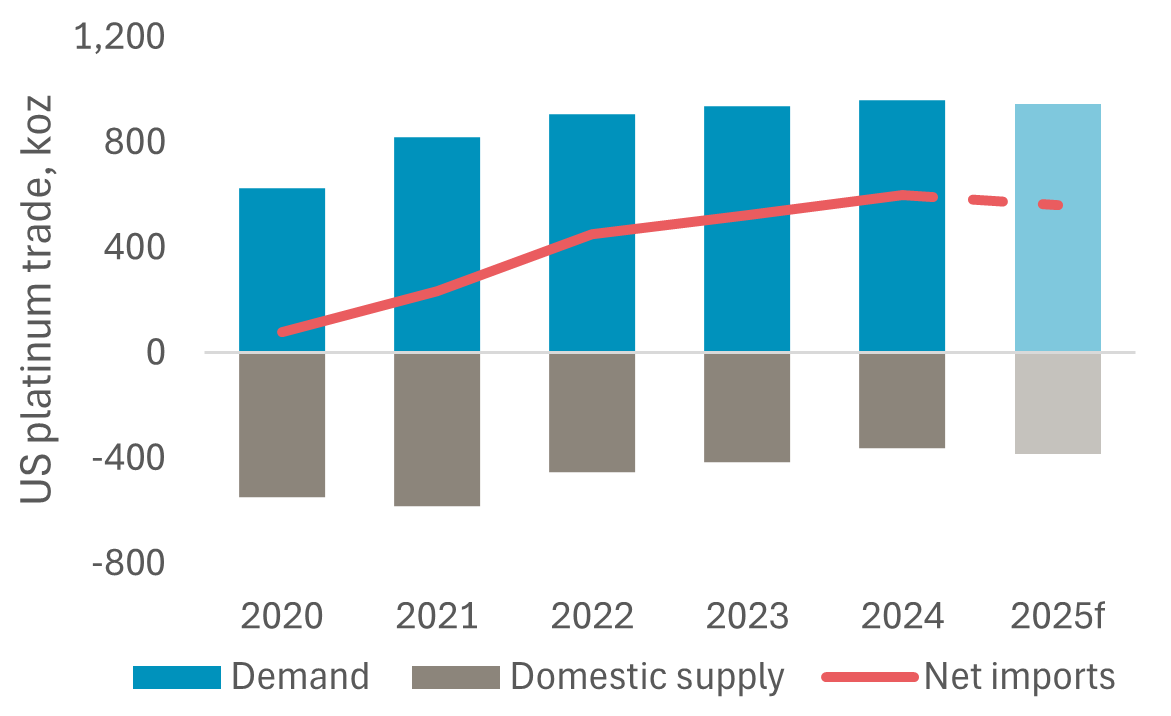
While tariffs may support US domestic metal prices, the broader macro-overlay points to downside risks to platinum prices. The US’s tariffs will invariably be inflationary given the country’s annual trade deficit is approaching US$1.0T. In parallel, stricter immigration policies will likely raise US labour costs; again inflationary. Higher inflation risks the need for rate hikes. Higher rates support US$ strength, with both factors negative for platinum prices. Our price attribution model imputes a +100bps change in US yields leads to a -US$24/oz platinum price change and a +ZAR1.00 change leads to a -US$60/oz platinum price change (Fig. 3). In addition to the macro factors, higher inflation will likely weigh on consumer spending, adding to an economic slowdown. North America accounts for ~15% of automotive platinum demand and ~25% of platinum jewellery fabrication (Fig. 6). A slowdown in consumer spending would reduce platinum demand through lower new vehicle and jewellery purchases. In 2024, North America’s cumulative platinum automotive and jewellery demand exceeded 900 koz with our price attribution model imputing that a 100 koz change in demand would impact platinum prices by between US$23 and US$28/oz.
Platinum’s attraction as an investment asset arises from:
- WPIC research indicates that the platinum market entered a period of consecutive supply deficits from 2023 and these are expected to fully deplete above ground stocks by 2028f.
- Platinum supply remains challenged, both in terms of primary mining and secondary recycling supply.
- Platinum demand is benefitting from its use across a diverse set of end markets.
- Platinum is a critical mineral in the global energy transition underpinning a key role in the hydrogen economy.
- The platinum price remains historically undervalued and significantly below the price of gold.
Figure 3: WPIC has utilised multiple regression analysis to create a multi-factor model, where six independent variables play an important role platinum price setting
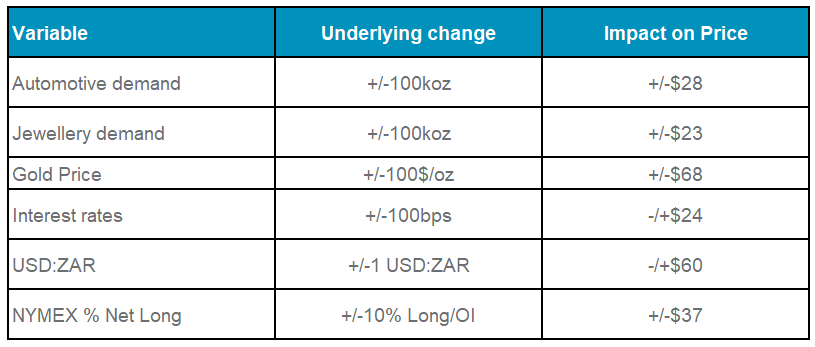
Figure 4: The US runs a monthly trade deficit of between US$60B and US$100B
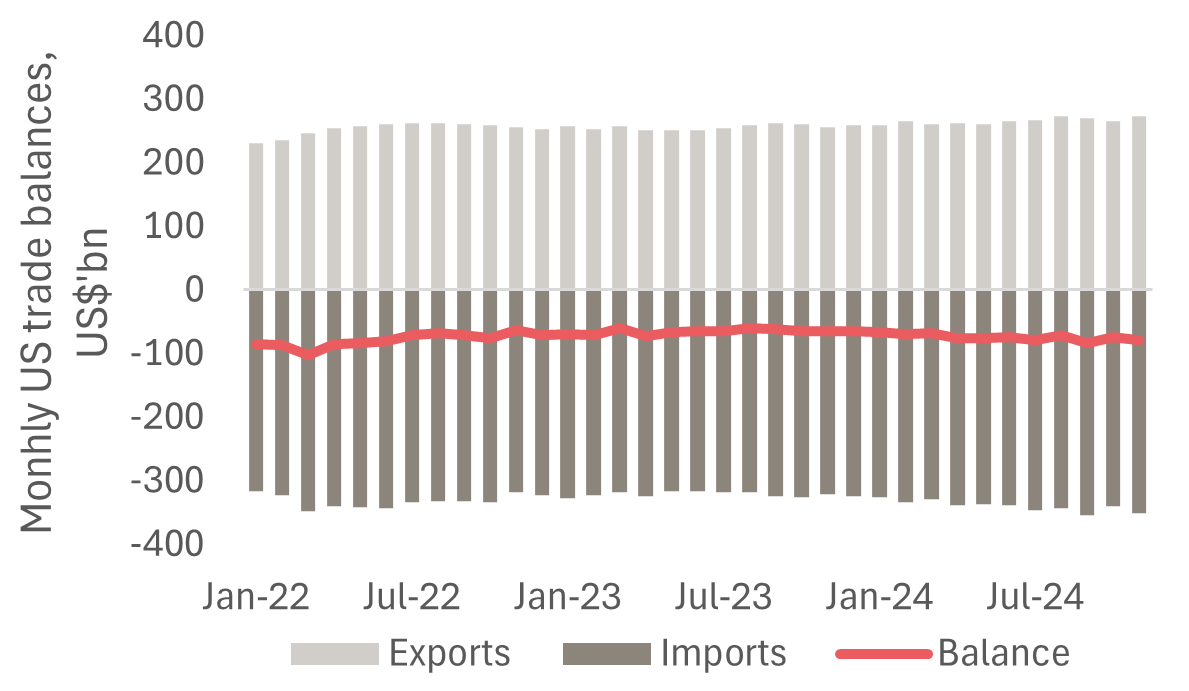
Figure 5: Elevated US yields will likely support US$ strength which typically weighs on US$ denominated commodity prices
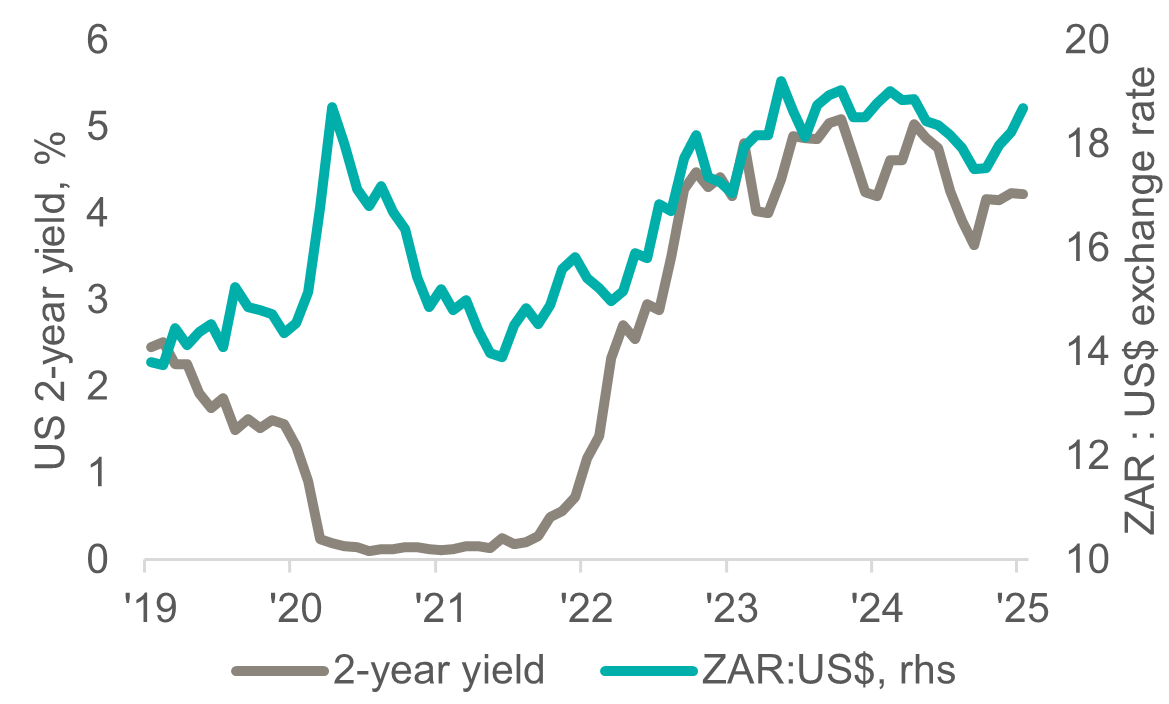
Figure 6: North America accounts for 15% and 25% of annual platinum automotive and jewellery demand respectively
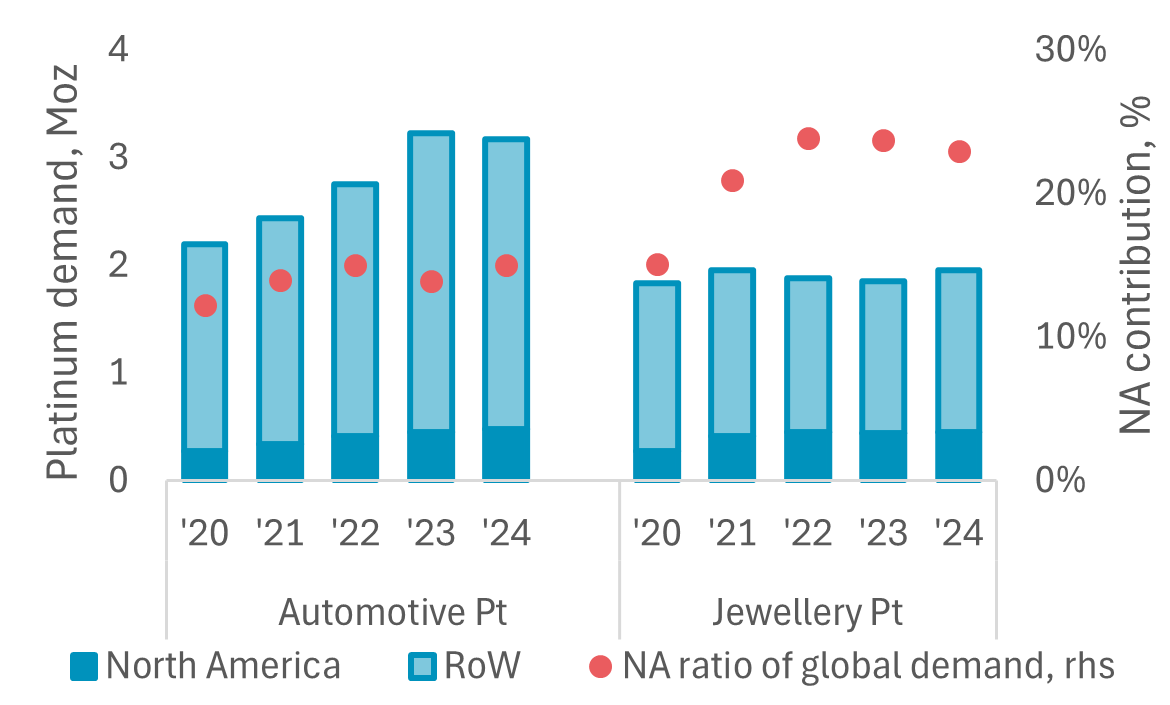
Figure 7: The US is a net importer of ~400 koz pa. of palladium p.a.
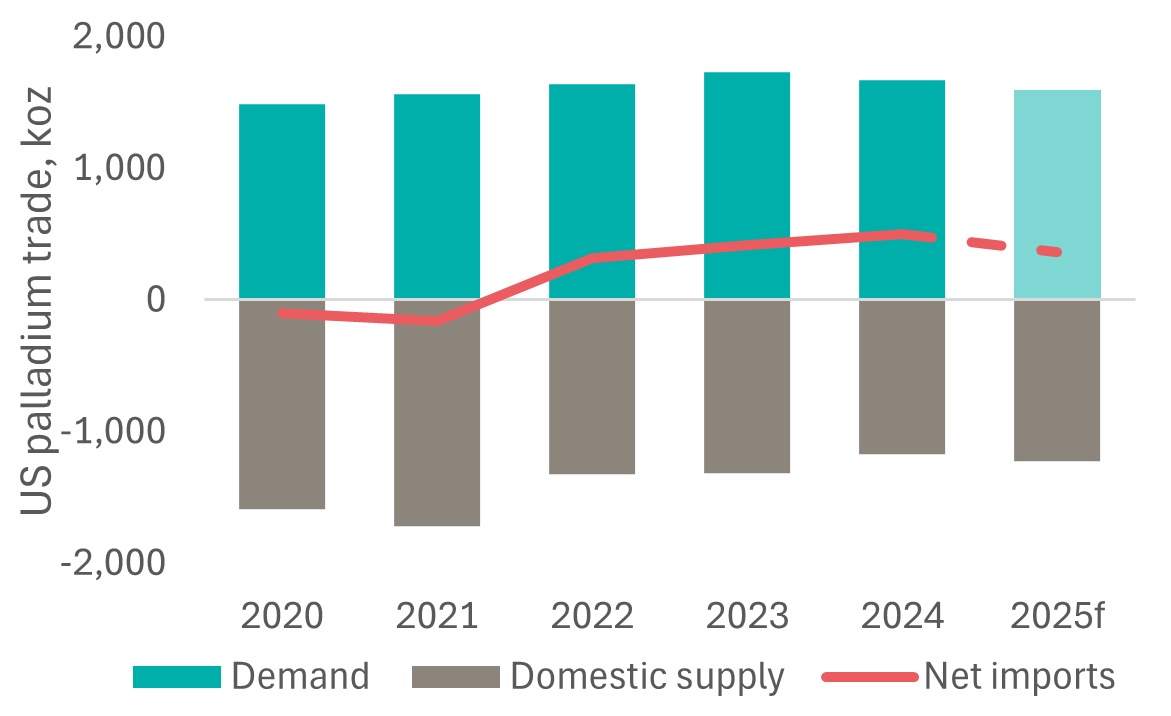
IMPORTANT NOTICE AND DISCLAIMER: This publication is general and solely for educational purposes. The publisher, The World Platinum Investment Council, has been formed by the world’s leading platinum producers to develop the market for platinum investment demand. Its mission is to stimulate investor demand for physical platinum through both actionable insights and targeted development: providing investors with the information to support informed decisions regarding platinum; working with financial institutions and market participants to develop products and channels that investors need.
This publication is not, and should not be construed to be, an offer to sell or a solicitation of an offer to buy any security. With this publication, the publisher does not intend to transmit any order for, arrange for, advise on, act as agent in relation to, or otherwise facilitate any transaction involving securities or commodities regardless of whether such are otherwise referenced in it. This publication is not intended to provide tax, legal, or investment advice and nothing in it should be construed as a recommendation to buy, sell, or hold any investment or security or to engage in any investment strategy or transaction. The publisher is not, and does not purport to be, a broker-dealer, a registered investment advisor, or otherwise registered under the laws of the United States or the United Kingdom, including under the Financial Services and Markets Act 2000 or Senior Managers and Certifications Regime or by the Financial Conduct Authority.
This publication is not, and should not be construed to be, personalized investment advice directed to or appropriate for any particular investor. Any investment should be made only after consulting a professional investment advisor. You are solely responsible for determining whether any investment, investment strategy, security or related transaction is appropriate for you based on your investment objectives, financial circumstances and risk tolerance. You should consult your business, legal, tax or accounting advisors regarding your specific business, legal or tax situation or circumstances.
The information on which this publication is based is believed to be reliable. Nevertheless, the publisher cannot guarantee the accuracy or completeness of the information. This publication contains forward-looking statements, including statements regarding expected continual growth of the industry. The publisher notes that statements contained in the publication that look forward in time, which include everything other than historical information, involve risks and uncertainties that may affect actual results. The logos, services marks and trademarks of the World Platinum Investment Council are owned exclusively by it. All other trademarks used in this publication are the property of their respective trademark holders. The publisher is not affiliated, connected, or associated with, and is not sponsored, approved, or originated by, the trademark holders unless otherwise stated. No claim is made by the publisher to any rights in any third-party trademarks
WPIC Research MiFID II Status
The World Platinum Investment Council -WPIC- has undertaken an internal and external review of its content and services for MiFID II. As a result, WPIC highlights the following to the recipients of its research services, and their Compliance/Legal departments:
WPIC research content falls clearly within the Minor Non-Monetary Benefit Category and can continue to be consumed by all asset managers free of charge. WPIC research can be freely shared across investment organisations.
- WPIC does not conduct any financial instrument execution business. WPIC does not have any market making, sales trading, trading or share dealing activity. (No possible inducement).
- WPIC content is disseminated widely and made available to all interested parties through a range of different channels, therefore qualifying as a “Minor Non-Monetary Benefit” under MiFID II (ESMA/FCA/AMF). WPIC research is made freely available through the WPIC website. WPIC does not have any permissioning requirements on research aggregation platforms.
- WPIC does not, and will not seek, any payment from consumers of our research services. WPIC makes it clear to institutional investors that it does not seek payment from them for our freely available content.
More detailed information is available on the WPIC website:
https://www.platinuminvestment.com/investment-research/mifid-ii
Contacts:
Edward Sterck, Research, [email protected]
Wade Napier, Research, [email protected]
Kaitlin Fitzpatrick-Spacey, Research, [email protected]
Brendan Clifford, Head of Institutional Distribution, [email protected]
WPIC does not provide investment advice.
Please see disclaimer for more information.
